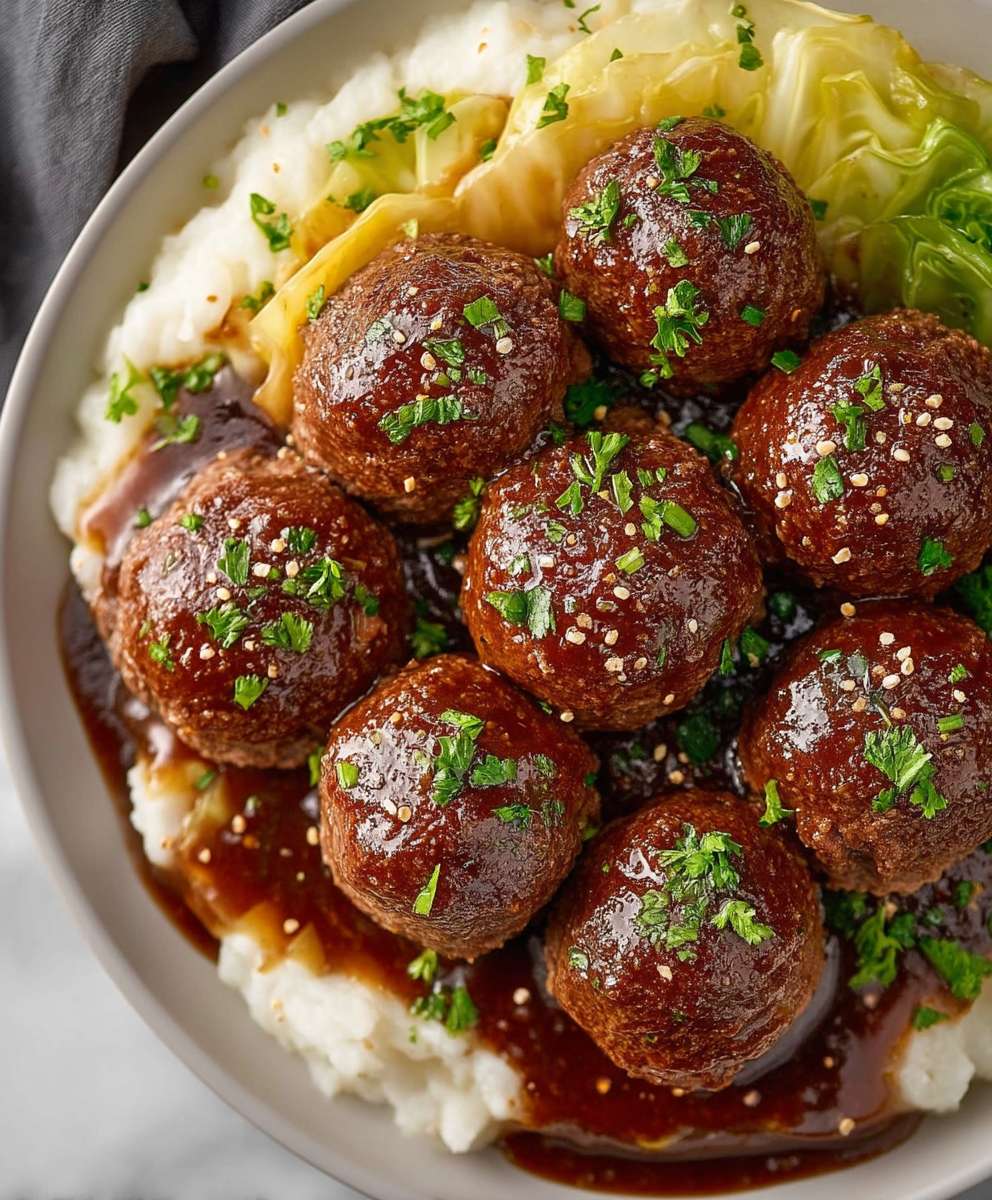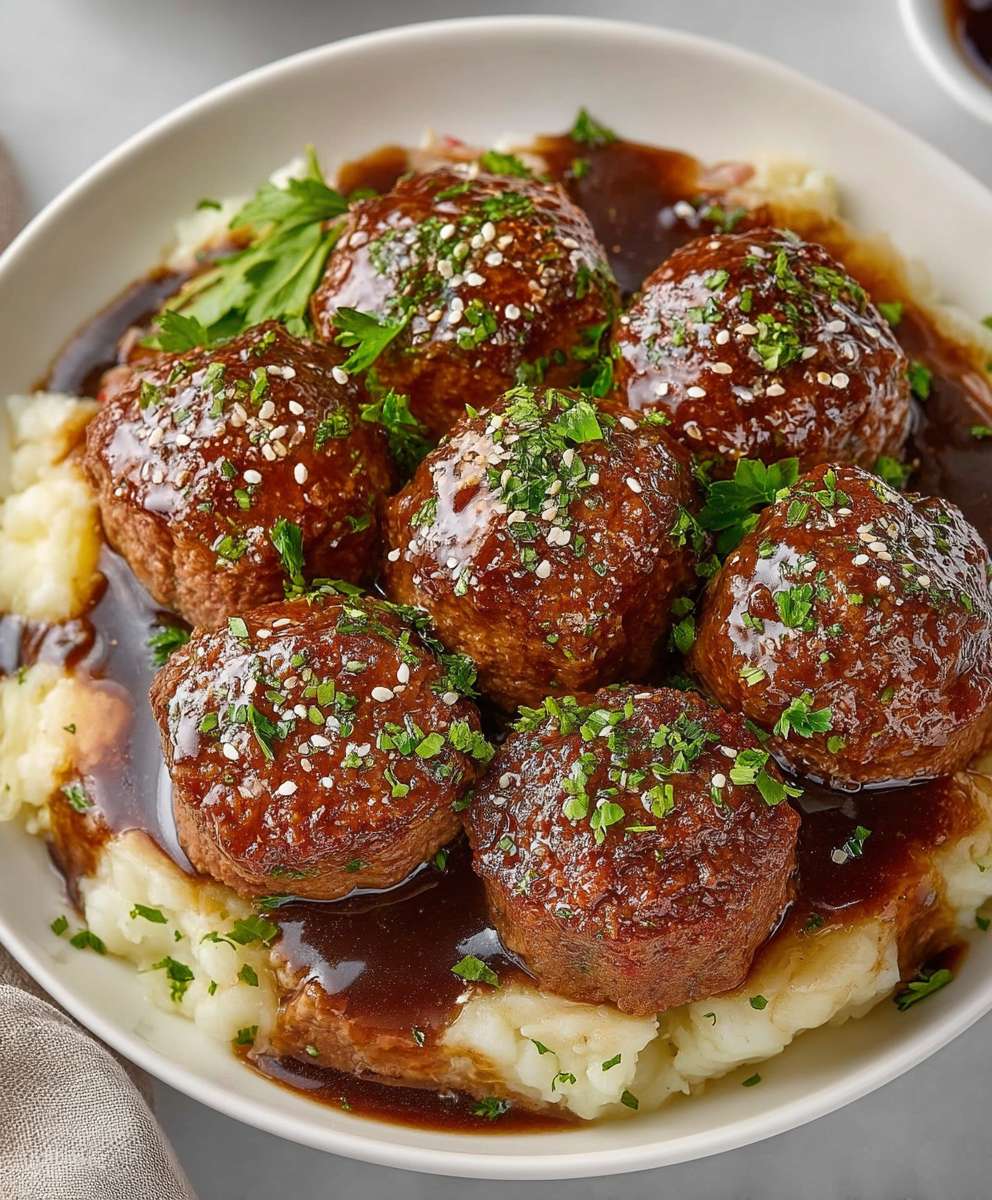Corned beef and cabbage: the quintessential St. Patrick’s Day dish, but honestly, why limit this savory delight to just one day a year? Imagine tender, melt-in-your-mouth corned beef, paired with sweet, softened cabbage, carrots, and potatoes, all simmered together in a flavorful broth. It’s a symphony of textures and tastes that will warm you from the inside out, no matter the season.
While often associated with Irish-American celebrations, the history of corned beef and cabbage is a fascinating blend of cultures. Corned beef itself wasn’t a staple in Ireland due to its expense. Irish immigrants in America, finding corned beef more affordable than traditional bacon, adapted their beloved cabbage and potato dishes to include this new ingredient. Thus, a new tradition was born!
People adore this dish for so many reasons. First, the taste is simply irresistible the salty, savory corned beef perfectly complements the sweetness of the cabbage and carrots. Second, the texture is divine the tender beef practically falls apart, while the vegetables offer a satisfying bite. And finally, it’s incredibly convenient! This is a one-pot wonder, perfect for a cozy weeknight dinner or a festive gathering. So, let’s dive in and learn how to make the perfect corned beef and cabbage!
Ingredients:
- 3-4 lbs Corned Beef Brisket (with spice packet)
- 1 large head of Cabbage, cored and quartered
- 1.5 lbs Yellow Potatoes, peeled and quartered
- 1 lb Carrots, peeled and cut into 1-inch chunks
- 1 large Yellow Onion, peeled and quartered
- 4 cups Beef Broth (low sodium preferred)
- 2 cups Water
- 2 Bay Leaves
- 1 tbsp Olive Oil
- 1 tsp Black Peppercorns (optional)
- 1 tsp Dried Thyme (optional)
- 1/2 tsp Garlic Powder (optional)
Preparing the Corned Beef:
Okay, let’s get started! First things first, we need to prep our corned beef. This is the heart of the dish, so we want to treat it right.
- Rinse the Corned Beef: Take the corned beef brisket out of its packaging. You’ll notice it’s often packed in a brine. Give it a good rinse under cold running water. This helps remove excess saltiness, which can sometimes be overpowering. Don’t skip this step!
- Pat it Dry: After rinsing, pat the corned beef dry with paper towels. This helps it brown slightly when we sear it later, adding another layer of flavor.
- Prepare the Spice Packet: Find the spice packet that came with your corned beef. Usually, it’s a small bag filled with peppercorns, mustard seeds, and other aromatic spices. Open the packet and set it aside. We’ll be using these spices to infuse the broth with flavor. If you don’t have a spice packet, don’t worry! You can create your own using a combination of peppercorns, mustard seeds, coriander seeds, and a bay leaf.
Searing the Corned Beef (Optional but Recommended):
This step is optional, but I highly recommend it! Searing the corned beef adds a beautiful color and a deeper, richer flavor to the final dish. It’s a simple step that makes a big difference.
- Heat the Oil: In a large, heavy-bottomed pot or Dutch oven, heat the olive oil over medium-high heat. You want the oil to be shimmering but not smoking.
- Sear the Corned Beef: Carefully place the corned beef brisket in the hot pot. Sear it for about 3-4 minutes per side, until it’s nicely browned. Don’t overcrowd the pot; if your brisket is too large, you may need to sear it in batches. The goal is to get a good sear on all sides.
- Remove from Pot: Once the corned beef is seared, remove it from the pot and set it aside.
Building the Flavor Base:
Now, let’s build a flavorful base for our corned beef and cabbage. This is where the magic happens!
- Sauté the Onion: In the same pot you used to sear the corned beef (don’t worry about cleaning it!), add the quartered yellow onion. Sauté over medium heat for about 5-7 minutes, or until the onion is softened and translucent. This will release its natural sweetness and create a delicious foundation for the broth.
- Add the Spice Packet (and Optional Spices): Add the spice packet that came with the corned beef to the pot. If you’re using additional spices like black peppercorns, dried thyme, and garlic powder, add them now as well. Stir everything together and cook for another minute or two, until fragrant. This will toast the spices and enhance their flavor.
Cooking the Corned Beef:
Time to slow-cook the corned beef until it’s tender and flavorful. This is the most important part of the process, so be patient!
- Add the Broth and Water: Pour in the beef broth and water. Make sure the liquid covers the bottom of the pot and will eventually cover most of the corned beef.
- Add Bay Leaves: Add the bay leaves to the pot. These will add a subtle but important layer of flavor to the broth.
- Return the Corned Beef to the Pot: Carefully place the seared corned beef brisket back into the pot, on top of the onions and spices. The liquid should cover at least two-thirds of the brisket. If it doesn’t, add a little more water or beef broth.
- Bring to a Simmer: Bring the liquid to a simmer over medium heat. Once it’s simmering, reduce the heat to low, cover the pot tightly, and let it simmer for 3-4 hours, or until the corned beef is fork-tender. The exact cooking time will depend on the size and thickness of your brisket. Check it periodically to make sure it’s not drying out; if necessary, add a little more liquid.
- Check for Tenderness: After 3 hours, check the corned beef for tenderness. Insert a fork into the thickest part of the brisket. If it goes in easily and the meat is easily pulled apart, it’s ready. If not, continue simmering for another 30-60 minutes, or until it’s tender.
Adding the Vegetables:
Now, let’s add the vegetables to the pot. We want them to be cooked through but not mushy, so timing is key.
- Add the Potatoes and Carrots: After the corned beef is cooked to your liking, add the quartered potatoes and the 1-inch chunks of carrots to the pot. Make sure they are submerged in the liquid.
- Cook for 15-20 Minutes: Cover the pot and continue to simmer for 15-20 minutes, or until the potatoes and carrots are almost tender.
- Add the Cabbage: Add the cored and quartered cabbage to the pot. Gently push it down into the liquid.
- Cook for 10-15 Minutes: Cover the pot and continue to simmer for another 10-15 minutes, or until the cabbage is tender-crisp. Be careful not to overcook the cabbage, as it can become mushy. You want it to still have a little bit of bite.
Resting and Slicing the Corned Beef:
This is a crucial step! Letting the corned beef rest before slicing it allows the juices to redistribute, resulting in a more tender and flavorful final product.
- Remove the Corned Beef: Carefully remove the corned beef from the pot and place it on a cutting board.
- Tent with Foil: Tent the corned beef loosely with aluminum foil. This will help keep it warm while it rests.
- Rest for 10-15 Minutes: Let the corned beef rest for 10-15 minutes before slicing.
- Slice Against the Grain: After resting, slice the corned beef against the grain into thin slices. This is important because corned beef has long muscle fibers that can be tough if sliced with the grain. Slicing against the grain shortens these fibers, making the meat more tender and easier to chew.
Serving:
Finally, it’s time to serve your delicious corned beef and cabbage!
- Arrange on a Platter: Arrange the sliced corned beef, potatoes, carrots, and cabbage on a large platter.
- Ladle with Broth: Ladle some of the cooking broth over the vegetables and corned beef. This will keep everything moist and flavorful.
- Garnish (Optional): Garnish with fresh parsley or a sprinkle of black pepper, if desired.
- Serve Immediately: Serve immediately and enjoy! Corned beef and cabbage is best enjoyed hot.
Tips for Success:
- Don’t Overcook the Cabbage: Overcooked cabbage can become mushy and unpleasant. Aim for tender-crisp.
- Slice Against the Grain: This is crucial for tender corned beef.
- Use Low-Sodium Broth: Corned beef is already quite salty, so using low-sodium broth helps control the overall saltiness of the dish.
- Adjust Cooking Time as Needed: Cooking times may vary depending on the size and thickness of your corned beef and the power of your stove. Check for tenderness periodically and adjust cooking times accordingly.
- Add a Touch of Vinegar: Some people like to add a splash of apple cider vinegar or white vinegar to the pot during the last 15 minutes of cooking. This adds a bit of tanginess that complements the richness of the corned beef.

Conclusion:
So, there you have it! This isn’t just another recipe; it’s a journey into comfort food territory, a celebration of simple ingredients transformed into something truly special. I genuinely believe this Corned Beef and Cabbage recipe is a must-try, and here’s why: it’s incredibly satisfying, surprisingly easy to make, and delivers that classic, heartwarming flavor we all crave. The tender, melt-in-your-mouth corned beef, paired with the slightly sweet and perfectly cooked cabbage, creates a symphony of textures and tastes that will leave you wanting more.
But the best part? It’s versatile! While this recipe provides a solid foundation for a traditional Irish-American feast, feel free to experiment and make it your own. For a spicier kick, add a pinch of red pepper flakes to the cooking liquid. If you prefer a sweeter flavor profile, consider adding a touch of brown sugar or maple syrup towards the end of the cooking process. And don’t be afraid to play around with the vegetables! Carrots, potatoes, and even parsnips can be added to the pot for a heartier and more colorful dish.
Serving Suggestions:
- Serve it traditionally with a dollop of horseradish sauce or a creamy mustard.
- For a lighter meal, shred the corned beef and toss it with the cabbage and a vinaigrette for a delicious salad.
- Use leftover corned beef to make Reuben sandwiches a classic for a reason!
- Get creative and use the corned beef in hash, omelets, or even tacos!
I’ve personally made this recipe countless times, and it’s always a crowd-pleaser. The aroma that fills your kitchen as it simmers away is simply divine, and the resulting meal is a true testament to the power of simple, honest cooking. It’s the kind of dish that brings people together, sparks conversation, and creates lasting memories. It’s more than just food; it’s an experience.
Now, I know what you’re thinking: “Okay, it sounds good, but can I really pull this off?” Absolutely! This recipe is designed to be approachable and straightforward, even for beginner cooks. Just follow the instructions, trust your instincts, and don’t be afraid to adjust the seasonings to your liking. Remember, cooking should be fun and enjoyable, so relax, put on some music, and let the magic happen.
I’m so excited for you to try this Corned Beef and Cabbage recipe and experience the joy of creating something delicious and satisfying. Once you’ve given it a go, I’d love to hear about your experience! Did you make any variations? What did your family and friends think? Share your photos and stories in the comments below I can’t wait to see what you create! Happy cooking!
Don’t forget to rate the recipe and share it with your friends and family who might enjoy a hearty and flavorful meal. Your feedback is invaluable and helps me continue to create recipes that you’ll love. So, go ahead, embrace the challenge, and get ready to enjoy a truly unforgettable culinary experience. You won’t regret it!
Corned Beef and Cabbage: The Ultimate Guide to a Perfect Irish Dinner
Tender corned beef brisket slow-cooked with cabbage, potatoes, carrots, and aromatic spices in a flavorful beef broth. A classic comfort food dish perfect for St. Patrick's Day or any cozy meal.
Ingredients
- 3-4 lbs Corned Beef Brisket (with spice packet)
- 1 large head of Cabbage, cored and quartered
- 1.5 lbs Yellow Potatoes, peeled and quartered
- 1 lb Carrots, peeled and cut into 1-inch chunks
- 1 large Yellow Onion, peeled and quartered
- 4 cups Beef Broth (low sodium preferred)
- 2 cups Water
- 2 Bay Leaves
- 1 tbsp Olive Oil
- 1 tsp Black Peppercorns (optional)
- 1 tsp Dried Thyme (optional)
- 1/2 tsp Garlic Powder (optional)
Instructions
- Rinse the Corned Beef: Rinse the corned beef brisket under cold running water to remove excess salt. Pat it dry with paper towels.
- Prepare the Spice Packet: Open the spice packet that came with your corned beef and set it aside.
- (Optional) Sear the Corned Beef: Heat olive oil in a large, heavy-bottomed pot or Dutch oven over medium-high heat. Sear the corned beef for 3-4 minutes per side, until browned. Remove from pot and set aside.
- Sauté the Onion: In the same pot, sauté the quartered yellow onion over medium heat for 5-7 minutes, until softened and translucent.
- Add Spices: Add the spice packet (and optional black peppercorns, dried thyme, and garlic powder) to the pot. Stir and cook for 1-2 minutes, until fragrant.
- Add Broth and Water: Pour in the beef broth and water.
- Add Bay Leaves: Add the bay leaves to the pot.
- Return Corned Beef: Place the seared corned beef brisket back into the pot, on top of the onions and spices. The liquid should cover at least two-thirds of the brisket.
- Simmer: Bring the liquid to a simmer over medium heat. Reduce heat to low, cover the pot tightly, and simmer for 3-4 hours, or until the corned beef is fork-tender. Check periodically and add more liquid if needed.
- Add Potatoes and Carrots: Add the quartered potatoes and 1-inch chunks of carrots to the pot. Cook for 15-20 minutes, or until almost tender.
- Add Cabbage: Add the cored and quartered cabbage to the pot.
- Cook Cabbage: Cook for another 10-15 minutes, or until the cabbage is tender-crisp.
- Rest Corned Beef: Remove the corned beef from the pot and place it on a cutting board. Tent with foil and let rest for 10-15 minutes.
- Slice Corned Beef: Slice the corned beef against the grain into thin slices.
- Serve: Arrange the sliced corned beef, potatoes, carrots, and cabbage on a platter. Ladle with broth and garnish with fresh parsley or black pepper, if desired. Serve immediately.
Notes
- Don’t overcook the cabbage; aim for tender-crisp.
- Slicing against the grain is crucial for tender corned beef.
- Use low-sodium broth to control the overall saltiness.
- Adjust cooking time as needed based on the size of the brisket and your stove.
- Some people like to add a splash of apple cider vinegar or white vinegar to the pot during the last 15 minutes of cooking for added tanginess.






Leave a Comment